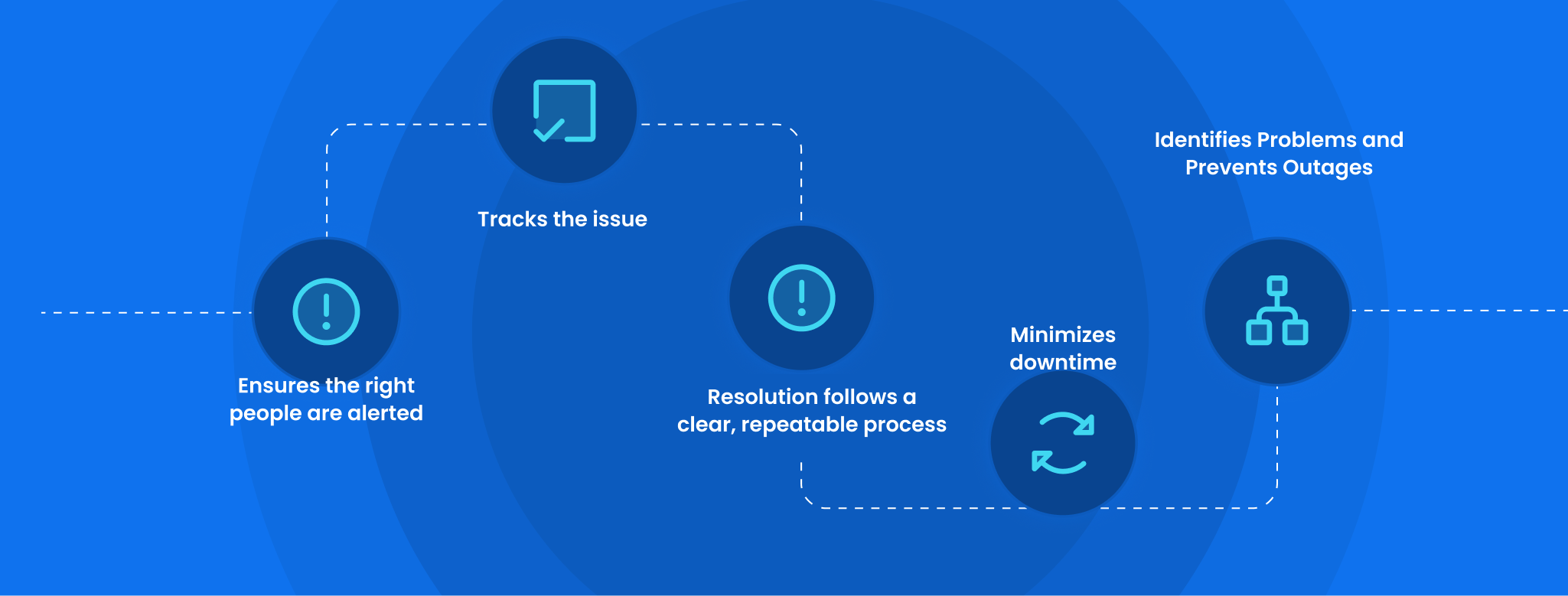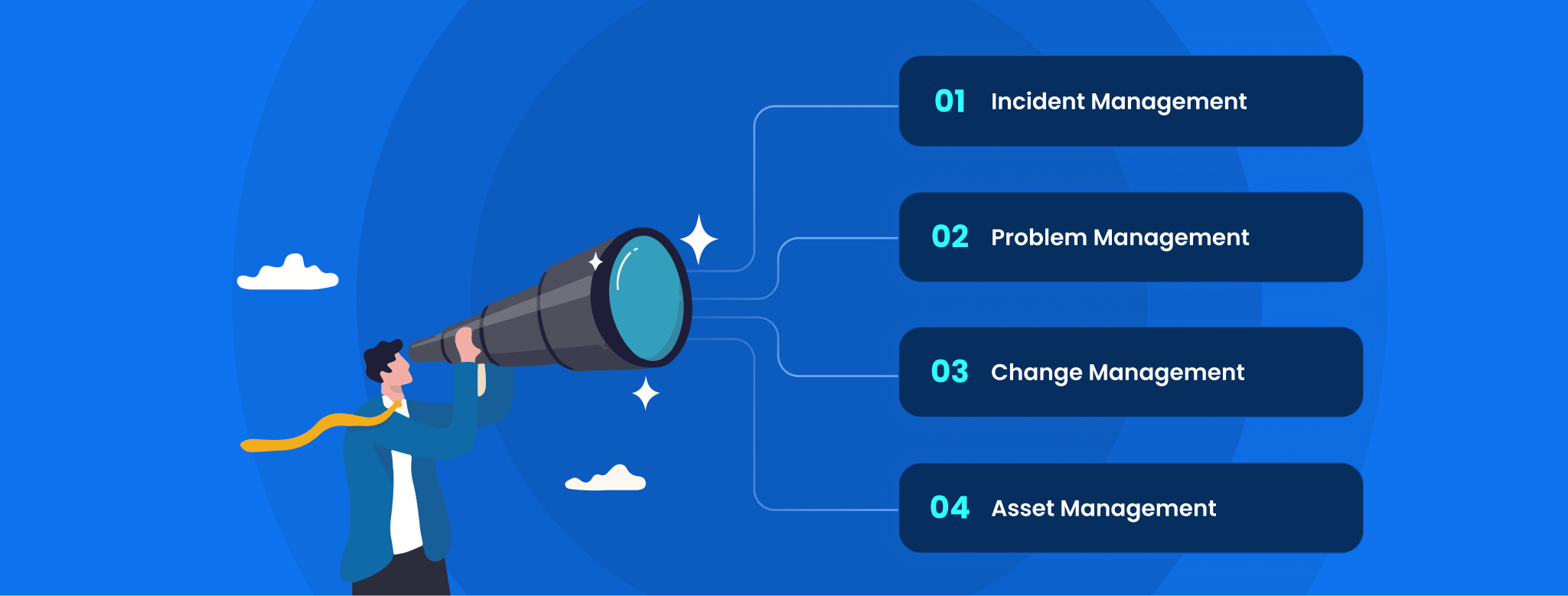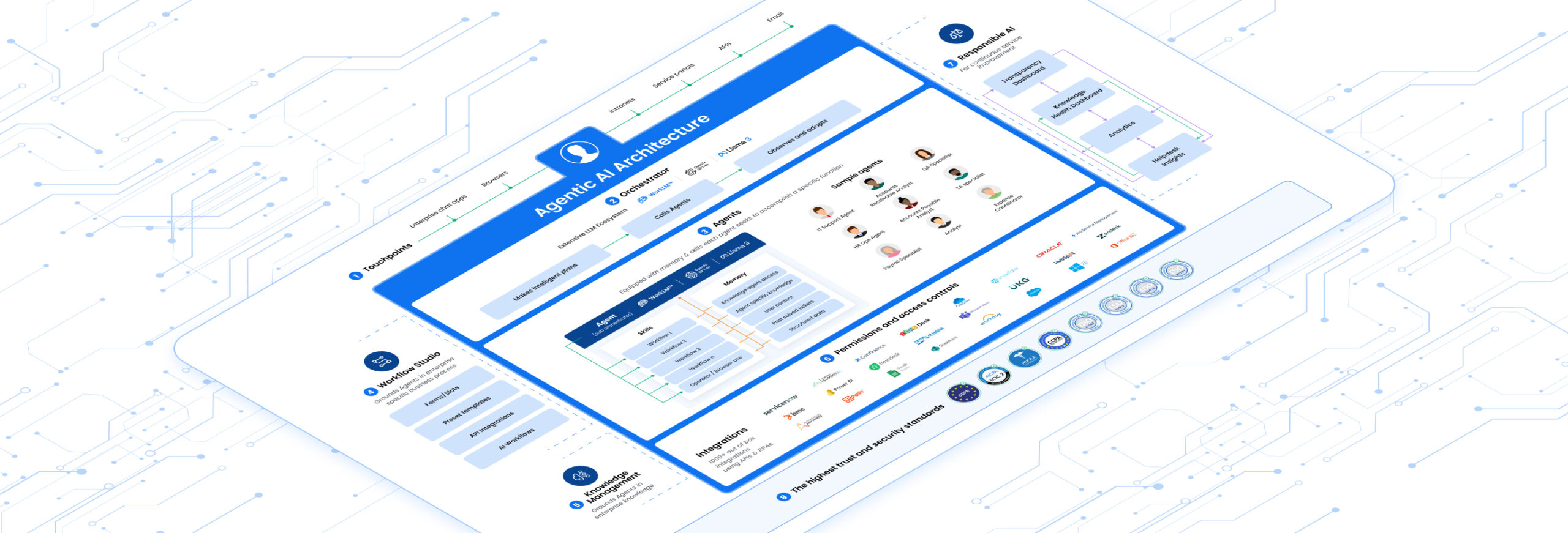Introduction
For today’s technology leaders, the conversation around ITSM software has fundamentally changed. It’s no longer just about managing help desk tickets. Instead, it’s about orchestrating the entire technology experience within your organization to drive efficiency and empower employees. If your IT team feels like it’s constantly playing defense, struggling to keep up with a flood of requests, then it’s time to re-evaluate the strategic role of your IT Service Management approach. This guide will walk you through everything you need to know about modern ITSM software and how it serves as the backbone of a resilient, productive enterprise.
Great technology leadership is about enabling the business, and the right tools make all the difference. As we look toward 2025, the platforms we choose must do more than just solve problems; they must anticipate them. Consequently, selecting the right ITSM software is one of the most critical decisions you’ll make, directly impacting everything from employee satisfaction to your company’s bottom line. Let’s explore how.
What Is Modern ITSM Software?
At its heart, ITSM software is a platform designed to manage how IT services are delivered to an organization. Think of it as the digital central nervous system for your company’s technology. It ensures that all the processes, tasks, and activities involved in your IT operations run smoothly and are aligned with business needs. It provides a structured way to handle everything from a simple password reset to managing a complex, company-wide software rollout.
Understanding ITSM Software in the Enterprise Context
In a large enterprise, this goes far beyond a simple help desk. True ITSM software is about strategy. It’s the framework that supports the people, processes, and technology required to deliver value. For example, it helps you formalize the process for a new hire getting their laptop and software access on day one. It also manages how you approve and implement changes to critical systems without causing disruptions. Ultimately, it provides visibility and control over your entire IT landscape, which is essential for making informed strategic decisions.
The Strategic Importance of ITSM Software
A common misconception is that ITSM software is only an internal IT tool. However, its impact is felt across the entire business. When technology services are slow, unreliable, or difficult to access, employee productivity grinds to a halt. A well-implemented ITSM software solution is the engine that powers a seamless employee experience, ensuring your teams have the tools they need to do their best work without frustrating delays or technical roadblocks.
Why ITSM Software Matters for Business Continuity
Business continuity depends on operational resilience. When a critical server goes down or a key application fails, your ITSM software orchestrates the response. It ensures the right people are alerted, the issue is tracked, and the resolution follows a clear, repeatable process. This structured approach minimizes downtime and contains the impact of disruptions. Furthermore, by analyzing incident data, your ITSM software helps you identify underlying problems, allowing you to proactively prevent future outages and build a more stable IT environment.
Defining Great ITSM Software
Not all platforms are created equal. As you evaluate your options, it’s important to look for a comprehensive solution that offers more than just basic ticketing. Modern ITSM software is a suite of integrated tools designed to manage the full lifecycle of your IT services. It helps your team work smarter, not just harder.
Essential Features That Define ITSM Solutions
Truly effective ITSM software includes several core components working in harmony. Incident Management focuses on restoring service as quickly as possible when something breaks. Problem Management dives deeper to find and fix the root cause of recurring incidents. Change Management provides a structured process for implementing system changes to minimize risk. Finally, Asset Management tracks all your hardware and software, which is crucial for security, compliance, and budget planning. Together, these features create a powerful system of record and action for your IT department.
The Evolution of ITSM Software
The world of work has changed dramatically, and so has the technology that supports it. Legacy tools were often clunky, difficult to use, and confined to the IT department. Today’s employees expect the same intuitive, on-demand experience from their workplace tools that they get from consumer apps. This shift in expectations has driven a massive evolution in the ITSM software market.
Comparing Traditional vs. Modern ITSM Approaches
Traditional platforms were built for IT professionals, often featuring complex interfaces and rigid workflows. They required extensive training and were slow to adapt. In contrast, modern ITSM software is designed with the end-user in mind. It offers user-friendly self-service portals, intelligent chatbots, and mobile-first access. This modern approach empowers employees to find answers and resolve issues themselves, which frees up your IT team to focus on more strategic initiatives. The emphasis has moved from simply processing tickets to delivering an exceptional service experience.
Integrating Your ITSM Software Ecosystem
Your ITSM software shouldn’t be an island. In a modern enterprise, its true power is unlocked when it connects with the other systems that run your business. Integration transforms your service management platform from a siloed tool into a central hub for cross-functional collaboration and automation. This is a key consideration for any technology leader building a cohesive and efficient tech stack.
Integration of ITSM with Broader IT Operations
For a holistic view, your ITSM software must communicate with your other operational tools. For instance, integrating it with your security platforms allows for a coordinated response to cyber threats. Connecting it to your development tools creates a seamless feedback loop between your operations and engineering teams, accelerating innovation. This integrated approach breaks down departmental barriers, enhances visibility, and ensures that everyone is working from a single source of truth.
How AI is Reshaping ITSM Software
Artificial intelligence is no longer a futuristic concept; it’s a practical and powerful force within modern IT service management. AI is transforming ITSM software from a passive system of record into an active, intelligent partner. It automates routine tasks, provides deep insights from your data, and helps your team get ahead of issues before they impact the business.
The Impact of AI on ITSM Workflows
AI’s most significant impact is on efficiency and proactivity. For example, machine learning algorithms can analyze past incidents to predict future outages, allowing your team to take preventative action. AI-powered chatbots can handle a huge volume of common requests instantly, 24/7, without any human intervention. In addition, intelligent analytics can spot trends and identify areas for improvement in your service delivery. This intelligent layer makes your entire IT operation faster, smarter, and more cost-effective.
Beyond Automation: The Future with Agentic ITSM Software
For years, the goal of AI in service management was automation. The next leap forward, however, is autonomy. This is where Agentic AI comes in. Instead of just automating a predefined workflow, an AI Agent can reason, plan, and execute complex tasks across multiple systems to achieve a goal. It’s the difference between a tool that follows instructions and a digital teammate that takes initiative.
Agentic AI as the Next Step in Service Management
Imagine an employee requests new software. A traditional automated workflow might create a ticket for an IT specialist to approve and provision. An AI Agent, on the other hand, can handle the entire process autonomously. It checks the employee’s role for eligibility, confirms license availability, gets automated approval from the manager, provisions the software in the correct system, and closes the ticket, all without human touch. This is the future of ITSM software.
How Leena AI Reinvents ITSM with Autonomous Capabilities
At Leena AI, we are pioneering this shift with Agentic AI for the enterprise. Our purpose-built AI agents, or Workbots™, are designed to function as autonomous members of your IT team. Instead of just logging tickets, Leena AI resolves them. For example, our platform can handle complex, multi-step tasks like password resets across different applications, onboarding a new employee with all necessary system access, or troubleshooting network connectivity issues. By giving employees a single, conversational interface to get real work done, Leena AI dramatically reduces resolution times and frees your human IT talent to focus on innovation. This is how the best ITSM software will operate in the near future.
Choosing the Right ITSM Software
Selecting the right platform is a critical long-term decision. As a technology leader, you need a solution that not only meets your current needs but can also grow with your business. The platform you choose should be a strategic asset that provides a clear return on investment by improving efficiency, boosting employee productivity, and reducing operational costs.
Evaluating ITSM Software for Scalability and ROI
When evaluating options, look beyond the feature list. Prioritize cloud-native platforms that offer flexibility and scalability. Ensure the ITSM software has low-code or no-code capabilities, allowing you to easily customize workflows without a heavy reliance on developers. Most importantly, demand clear analytics and reporting. You should be able to easily measure key metrics like first-contact resolution rates, average ticket handling time, and employee satisfaction scores to prove the platform’s value and justify the investment.
Frequently Asked Questions about ITSM Software
What is the main goal of ITSM software?
The primary goal is to align the delivery of IT services with the needs of the business. It aims to improve IT efficiency, increase employee productivity, and ensure operational stability through structured processes and automation.
How is ITSM software different from a basic help desk tool?
A help desk tool is typically focused on reactive ticket management, a practice known as “break-fix.” In contrast, ITSM software is a strategic suite of tools that covers the entire lifecycle of IT services, including proactive problem management, change control, and asset management.
Can ITSM software be used by departments other than IT?
Absolutely. This practice is known as Enterprise Service Management (ESM). Modern ITSM software platforms are often used by HR, Facilities, and Finance to manage their own service requests, creating a consistent and efficient experience for all employees.
How does ITSM software improve the employee experience?
It provides employees with easy-to-use self-service portals, intelligent chatbots for instant answers, and a transparent process for tracking their requests. This reduces frustration and empowers them to resolve issues quickly, making their interaction with technology seamless.
What role does AI play in the future of ITSM softwares ?
AI is moving ITSM software from a reactive to a proactive and even autonomous model. It enables predictive analytics to prevent issues, provides 24/7 automated support, and, with Agentic AI, can autonomously resolve complex, multi-system tasks without human intervention.















